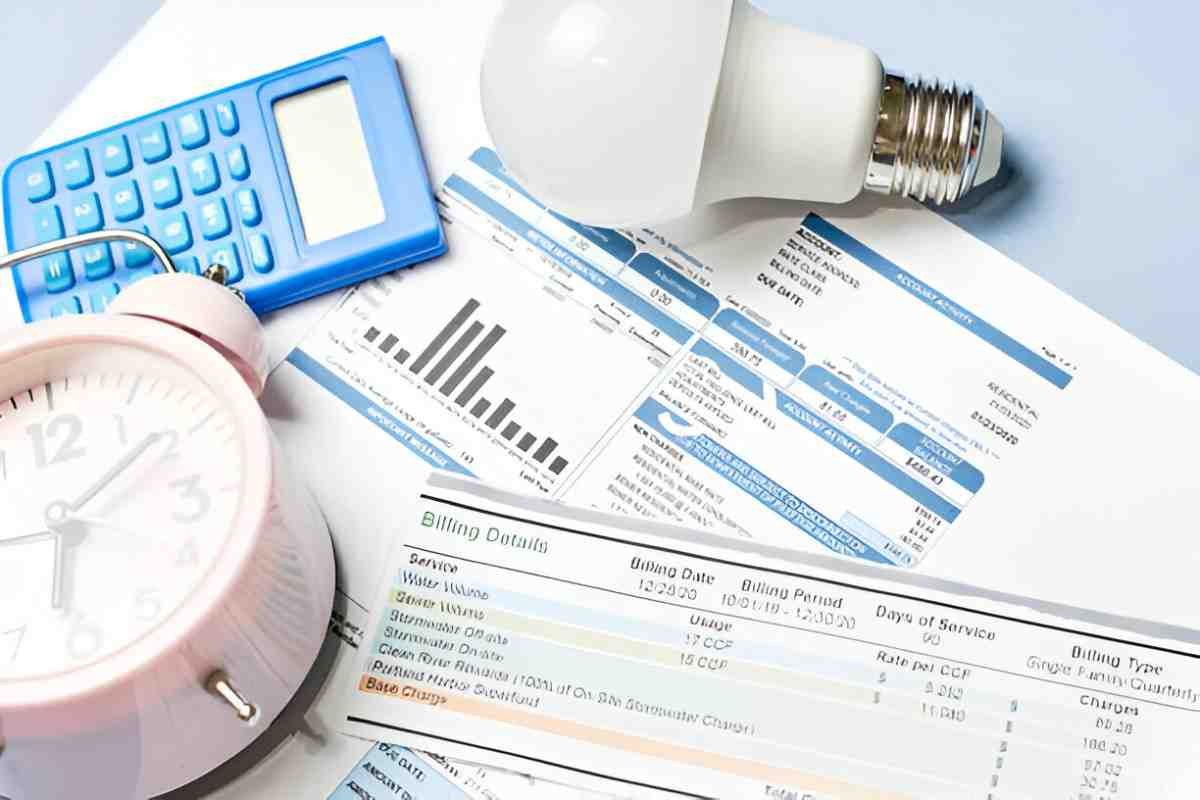Bill stuffers are valuable marketing tools used by businesses to promote products, services, or important messages directly to their customers. This guide provides an in-depth explanation of bill stuffers, their purpose in marketing, practical examples, and their effectiveness in reaching target audiences.
Table of Contents
What are Bill Stuffers?
H2: Definition and Purpose
A bill stuffer, also known as an insert or statement stuffer, is a promotional material inserted into bills, invoices, or statements sent to customers by businesses or service providers. These inserts are designed to capture attention, convey important information, or promote offers directly to the recipient.
Key Characteristics of Bill Stuffers
- H3: Direct Marketing: Bill stuffers serve as a direct marketing method, reaching customers through mail or electronic invoices.
- H3: Targeted Messaging: They are tailored to the specific audience receiving the bill, enhancing relevance and engagement.
- H3: Promotional Content: Typically includes advertisements, product promotions, discounts, upcoming events, or company announcements.
Importance of Bill Stuffers
H2: Role in Marketing Strategy
Bill stuffers play a significant role in marketing strategies, offering a cost-effective way to communicate with existing customers and drive additional sales.
Customer Engagement
- H3: Attention-Grabbing: They catch the recipient’s attention as they review their bill or statement, increasing the likelihood of engagement.
- H3: Brand Awareness: Reinforces brand awareness and recognition through repeated exposure to promotional content.
- H3: Call-to-Action: Encourages customers to take action, such as visiting a website, redeeming a coupon, or participating in a promotion.
Communication Channel
- H3: Information Dissemination: Provides a platform for businesses to inform customers about new products, service updates, or policy changes.
- H3: Relationship Building: Enhances customer relationships by delivering personalized messages and demonstrating proactive communication.
Examples of Bill Stuffers
H2: Practical Applications
Utility Companies
- H3: Service Updates: Utility companies use bill stuffers to inform customers about rate changes, energy-saving tips, or upcoming maintenance schedules.
- H3: Promotional Offers: They may include offers for home services, appliance maintenance, or loyalty programs.
Financial Institutions
- H3: New Products: Banks and credit unions utilize bill stuffers to introduce new banking products, such as credit cards, savings accounts, or investment options.
- H3: Financial Literacy: They educate customers on financial literacy topics, like budgeting tips or retirement planning seminars.
Implementing Bill Stuffers Effectively
H2: Best Practices
- H3: Targeted Content: Tailor bill stuffers to match the interests and demographics of the recipient audience.
- H3: Clear Call-to-Action: Include a clear and compelling call-to-action to prompt customer response or engagement.
- H3: Compliance: Ensure compliance with regulations and customer privacy considerations when using personal data.
Conclusion
Bill stuffers are effective tools in marketing campaigns, leveraging direct mail or electronic communication channels to engage customers and promote brand offerings. Their ability to deliver targeted messages and drive customer action makes them a valuable component of marketing strategies across various industries.
References
- Entrepreneur. (n.d.). Understanding Bill Stuffers. Entrepreneur.





